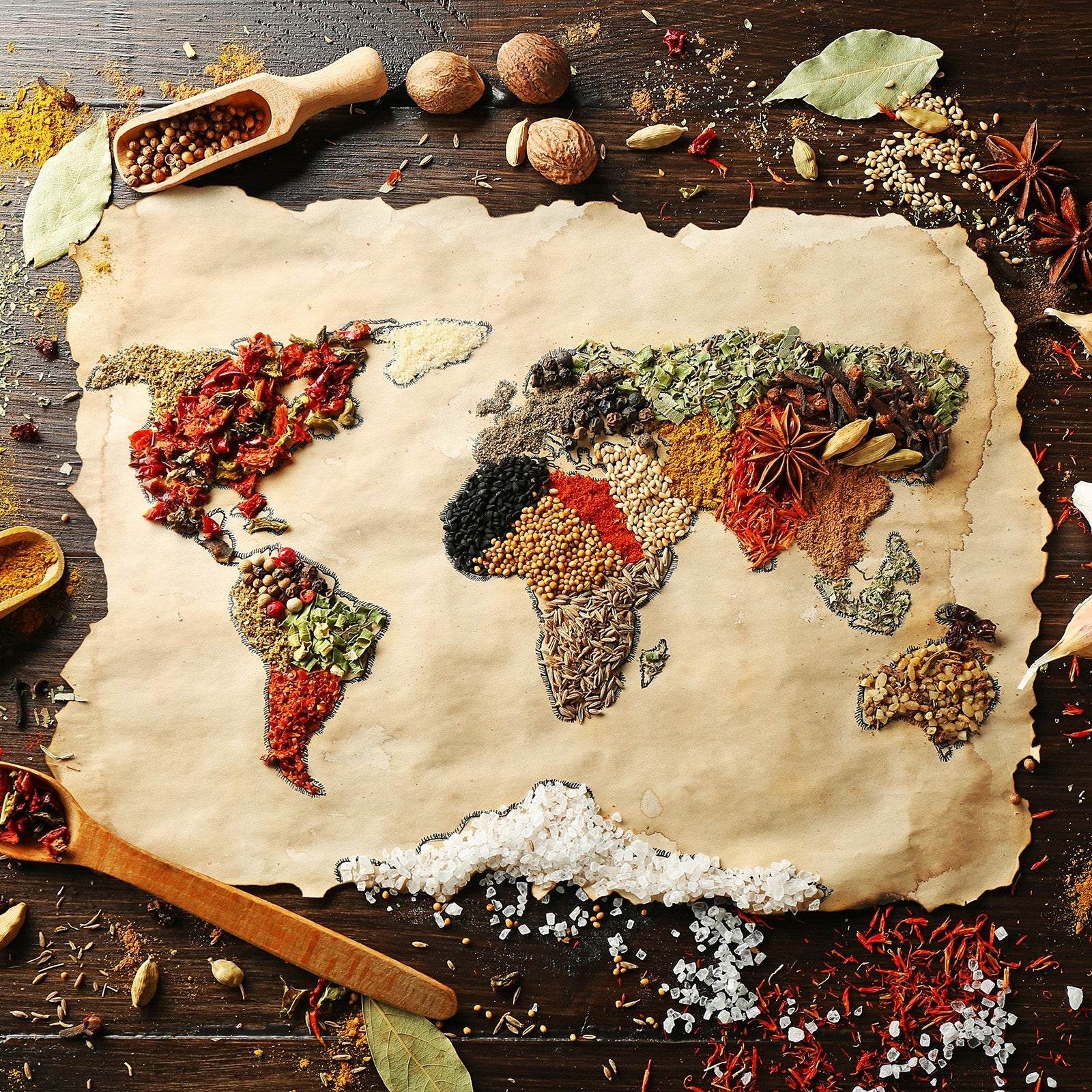
WALK INTO ANY GROCERY STORE IN AMERICA TODAY, AND YOU'LL NOTICE SOMETHING INTERESTING: THE TRADITIONAL "ETHNIC FOOD" AISLE, ONCE A SMALL, NICHE SECTION, HAS EVOLVED INTO SOMETHING MUCH BIGGER. IT’S NOT JUST A SIDE FEATURE ANYMORE; GLOBAL FLAVORS ARE BECOMING PART OF THE MAINSTREAM. THIS SHIFT ISN’T JUST ABOUT FOOD—IT REFLECTS A CHANGING AMERICAN IDENTITY.
For decades, these aisles were a way for immigrants to find a taste of home and for the curious to dip a toe into unfamiliar cuisines. But now, food from around the world isn’t just for special occasions or adventurous eaters—it’s part of everyday meals. The numbers back this up: 90% of Americans have tried or want to try Mexican cuisine, 87% feel the same about Chinese food, and growing numbers are exploring Japanese (71%), Caribbean (66%), Greek (65%), Thai (62%), Korean (61%), and Cuban (61%) flavors. What used to be seen as “foreign” is now simply food.
The Business Side: A Growing Market
This isn’t just a cultural trend—it’s a major economic opportunity. The U.S. ethnic food market, valued at about $24.76 billion in 2023, is expected to nearly double to $46.73 billion by 2032. Retailers who recognize this shift stand to gain, not just by offering more diverse options but by genuinely understanding the demand for authenticity. Consumers aren’t looking for a watered-down version of a dish—they want the real thing, made with quality ingredients and traditional methods.
Zina’s Fine Foods: A Story of Authenticity
At Zina’s Fine Foods, this idea isn’t new to us—it’s who we are. My father, Igor and Zina, built this company out of a passion for real food. Zina, escaping persecution in the USSR, spent significant time in Europe on her way to the United States, with an extended stay in Italy. This was her first time experiencing a truly different culinary world, one that placed an enormous emphasis on ingredient heritage—where the product comes from, how it’s grown, and the traditional methods of making it. Unlike the Soviet Union, where mass production and machinery were the standard and only way of manufacturing food, Italy introduced her to a food culture that valued slow, careful craftsmanship over efficiency. She immediately fell in love with this approach.
I remember hearing stories about how she would walk through Italian markets, mesmerized by the way vendors spoke about their products—not just selling food but sharing its story. This experience shaped the foundation of Zina’s Fine Foods. That’s why, to this day, every dish we make is hand-prepared, not mass-produced. It’s our way of preserving those values she embraced so many years ago.
Rethinking the "Ethnic Food" Aisle
There’s an ongoing debate about whether these aisles should even exist. Some argue that keeping international foods in a separate section suggests they don’t belong in the mainstream, while others believe these aisles help highlight and celebrate cultural diversity. No matter where you stand on the issue, one thing is clear: global flavors aren’t going anywhere. More and more, we’re seeing retailers integrate these products throughout the store, making them more accessible and reinforcing that they’re just as much a part of the American diet as burgers and fries.
We see proof of this every day through the stories our customers share. It warms our hearts whenever we receive messages from across the country, like from someone who told us, "Your sesame noodle salad was the first (redact.) Asian dish I've ever tried—and I love it." Or the customer who reached out to say, "My grandmother used to make chickpea salad just like yours. She was from Sicily, and I’ve craved that taste for years but couldn't find anything like it until now." These moments remind us why we do what we do.
The Future of Food in America
As America’s demographics continue to shift, so do its tastes. Retailers who understand this and make the effort to bring real, high-quality international foods to their shelves will be the ones who thrive. Partnering with companies like Zina’s Fine Foods isn’t just about expanding product lines—it’s about committing to authenticity, quality, and a more inclusive food culture.
This is an exciting time for food in America. The grocery store isn’t just where we shop—it’s where we see our culture evolving in real-time.






